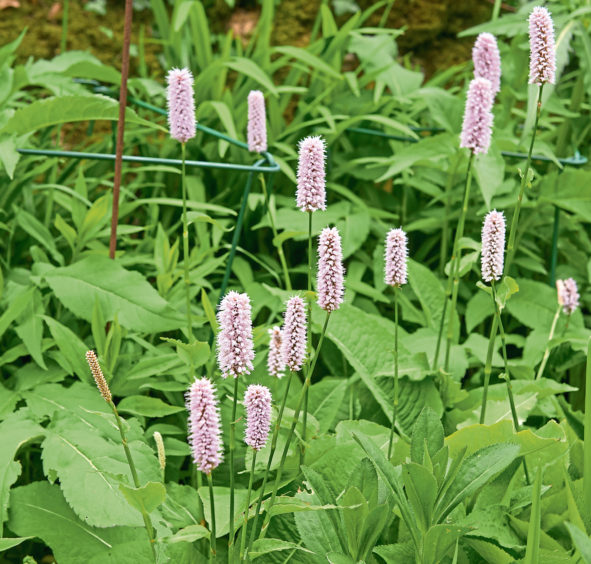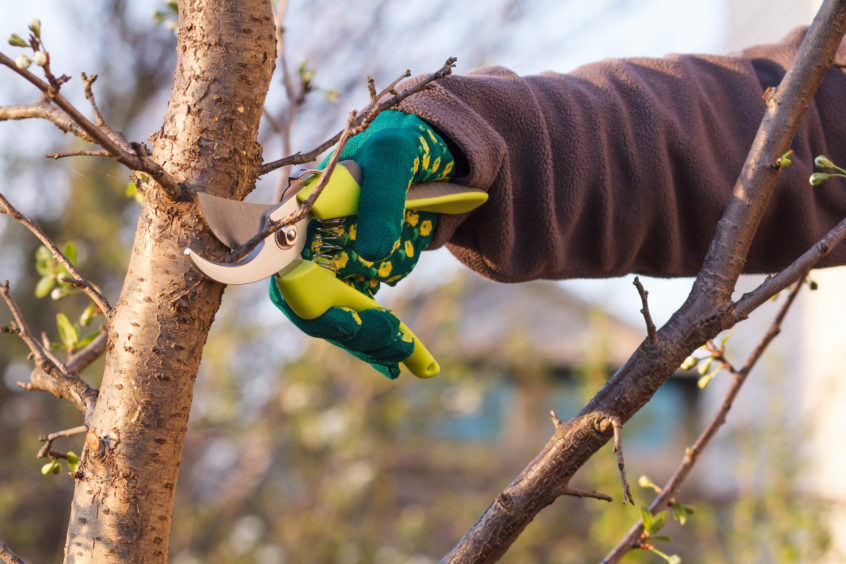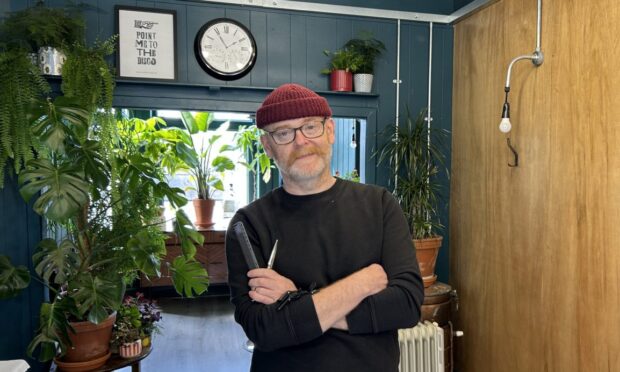After a dry sunny spring, the rains have returned, right on cue, for summer. But, says Brian Cunningham, that means peak growth.
As it’s been such a dry spring the normal steady growth of plants usually expected hasn’t been the same – but now that summer is here, right on cue the rains have returned.
Combined with the heat, plants are getting all they need to grow happily and now, without me realising it, all of a sudden my own garden at home just seems to have entered its peak period.
I love working out in the garden. Where at other times of the year us gardeners are carrying out “action” jobs, maybe making a bed wider or repositioning a plant or two, picturing in our mind’s eye how these hopeful improvements will look, now is all about carrying out little maintenance tasks, being right in among our plants, taking in every scent and soaking up every last moment of joy they give us.
Although the beech hedge that surrounds my garden is starting to look a bit shaggy, it’s still a little too early to be getting the hedge cutter out. Garden hedges are great for nesting birds and during the breeding season of March to August the Royal Society for the Protection of Birds recommend not cutting hedges. It is an offence to intentionally take, damage or destroy the nest of any wild bird while it is in use or being built, so instead I’ll just be going around with a pair of secateurs and nipping back some of the longer pieces of growth to neaten things up, carefully avoiding any areas I feel there may be a nest.
The majority of pruning carried out on our deciduous shrubs takes place over winter when the plants are dormant and having their winter rest, but there are exceptions.
There is a saying, “If it flowers before June, don’t prune”. The reason for that is the wood from which these plants will flower comes from the growth that happened the previous summer.
Therefore if this coming winter I was to cut out lots of branches on spring-flowering shrubs such as the tough, yellow flowering Forsythia or the flowering currant Ribes sanguineum, they are not going to be able to put on a show for me next spring as I’ll have removed all the parts of the plants that contained the flowers.
The best time to carry out pruning on these plants is straight after they have finished flowering. So, if you haven’t already done so, I would suggest getting it done now so the plant still has time to put on the fresh growth required.
For slightly different reasons now would be the time to carry out any pruning required on your plum trees.
Open wounds left by pruning cuts on plum trees are susceptible to infection of silver leaf disease, the spores of this fungus being more active in the autumn and winter months. When pruning is carried out during July after this year’s fruit have set, it allows the plant to heal more quickly and the flowing sap to flush away any spores that may have found their way to the cut.
If you come across a branch on your plum tree showing signs of leaf silvering it should be removed and disposed of immediately, before any fruiting bodies are formed which can easily spread to reinfect your tree.
It’s very important to disinfect any cutting tools also.
Some of the spring flowering plants in my herbaceous border are starting to look tired after having done their bit for the year, but I’m not going to let them drift away just yet.
If you cut back the spent spikes of the pink flowering Persicaria bistorta “Superbum” or blue flowering Nepeta “Walker’s Low” and stop them from producing seed, it will encourage the plant to continue flowering just a little bit longer.
I’m actually happier to be a bit more brutal with catmint and geranium “Ingwersen’s Variety” which is a great plant for ground cover. Cut them right back to the ground after flowering where they will re-grow and flower again, maybe not as floriferous as before but it is like having a whole new plant flowering later in the season in your garden.
One final job that I need to get done is making sure all the plants in my borders and in the glasshouse are staked and continue to be tied in.
I usually start off my dahlias to growth in March, planting out good- sized pots once the risk of frost is gone, but this year I was only able to plant the tubers straight into the ground in May.
Albeit a bit later than normal, I’ll still be able to enjoy the amazing floral display these plants will give. But as the often large flowers are produced from lush leaf growth, it’s vital they get extra support to prevent them collapsing after strong winds or heavy rains.
The same principle applies to the tomatoes and cucumbers in my greenhouse, which I did manage to get planted on time. Now they have started to flower I’m feeding them every week with a high-potassium liquid fertiliser which will boost the flowers and improve the fruit from these plants.
While I’m at it, I’m taking off the unwanted additional side shoot growth on my tomato plants, I don’t want the plant wasting energy putting on extra growth when it can be going towards producing more juicy toms.
This is the life!
Brian Cunningham is a presenter on BBC’s The Beechgrove Garden and head gardener at Scone Palace. Follow him on Twitter @gingergairnder.












